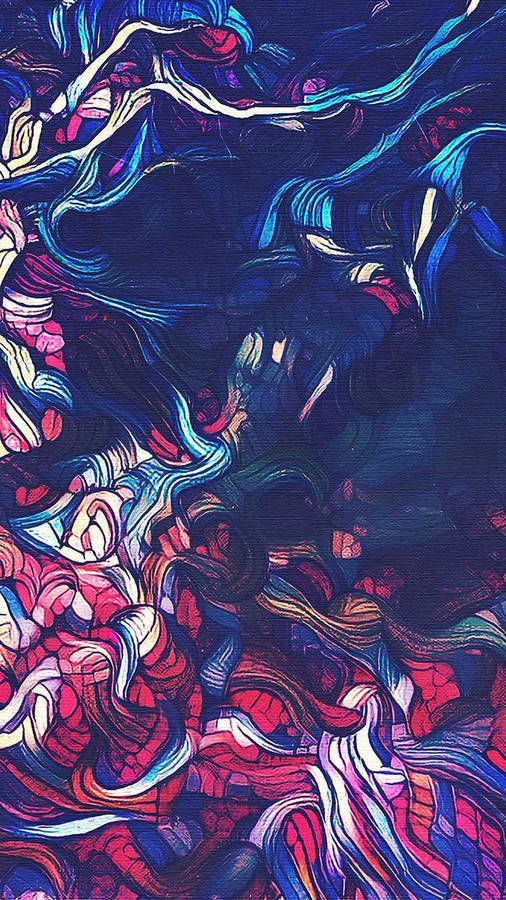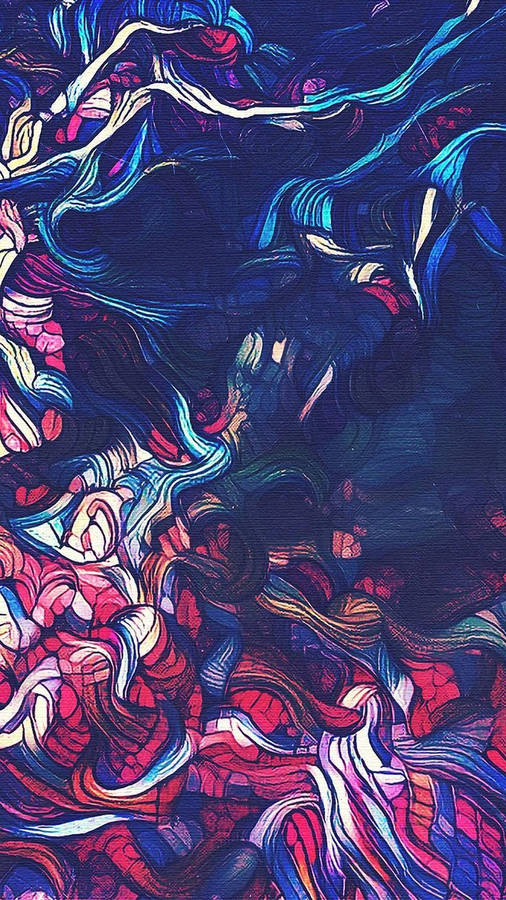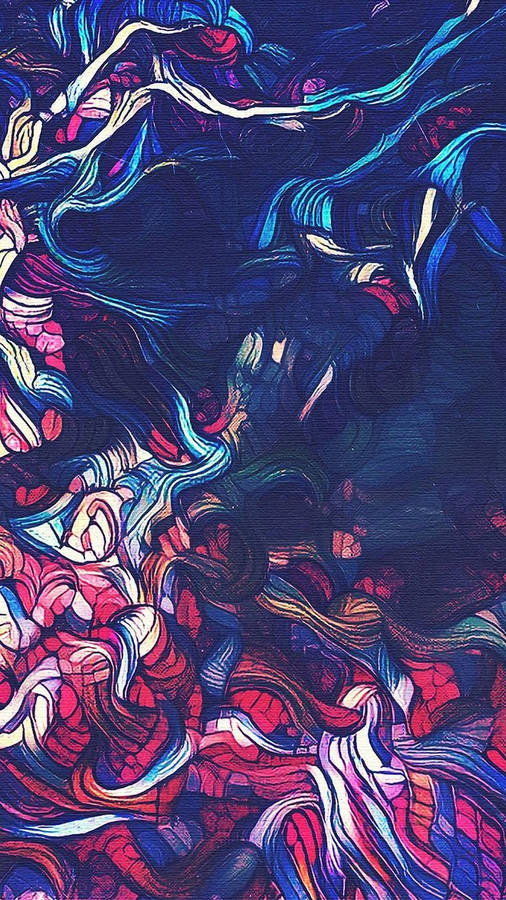Peanut Butter and Jelly Sandwich

About This Painting:
This is a .99 cent auction to celebrate the 4th of July. If you are like Yogi Bear you will have a few of these in your fourth of July picnic basket. Just be careful so those pesky little bears don't get it first. So whether you are off to Jelly Stone Park or the beach pack your PB&J's for a fun fourth of July.
Peanut Butter and Jelly
5x7 oil painting on a canvas panel
Peanut Butter and Jelly
5x7 oil painting on a canvas panel
Media: oil painting
Size: 7 in X 5 in (17.8 cm X 12.7 cm)
Price: $0.99 USD
How to Purchase:
Or, send me an email
"post your opinion in the comments" Or, send me an email
Thank You:
Art by Delilah, with a Passion for PaintingAll Images © 2006-2014
Thank You:
Art by Delilah, with a Passion for PaintingAll Images © 2006-2014
" POST YOUR OPINIONS IN THE COMMENTS" or email me at delilah@artbydelilah.com
All work © 2006-2014






.jpg)







